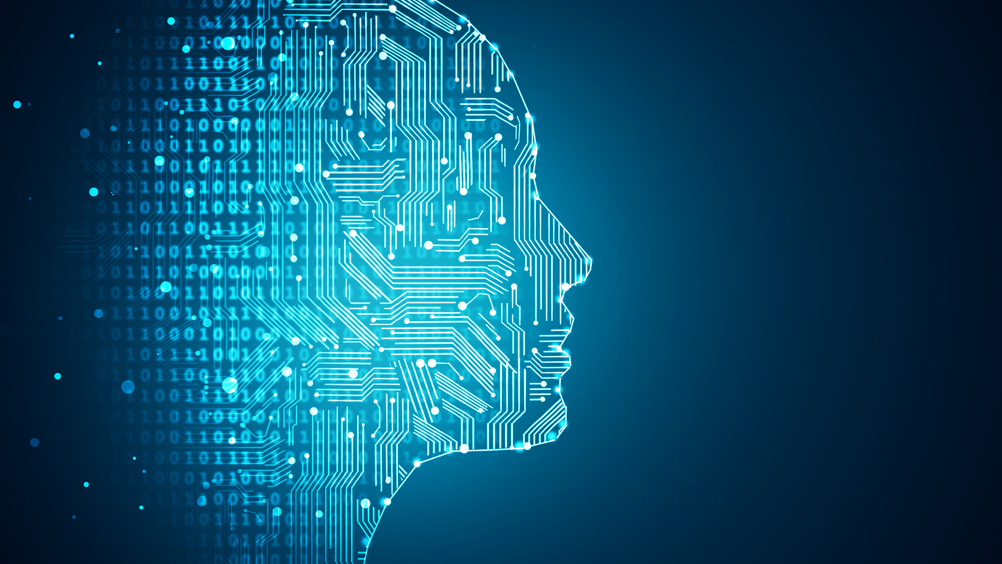References
The potential impact of artificial intelligence in equine practice

Abstract
Artificial intelligence has the potential to impact the veterinary industry. This article outlines the current and potential uses of artificial intelligence tools in equine veterinary practice across both clinical and non-clinical aspects of working with horses. Examples of wider uses across the industry by horse owners and trainers are also summarised and discussed. The use-case example of the pre-purchase examination is discussed as an area highlighting how artificial intelligence could have multiple impacts, increasing confidence and improving efficiency and outcomes for equine vets. Additionally, important considerations including potential risks and ethical concerns of the development and use of artificial intelligence as a currently unregulated technology are also discussed.
It is increasingly difficult to ignore the discussion around artificial intelligence and the potential of this technology to impact many areas of life and work with horses. There is potential for artificial intelligence to modernise the equine world, from how vets interact with their clients and practise clinical medicine, to the very fabric of the industry through breeding. This article explores the current and potential uses of artificial intelligence tools for owners, trainers and veterinary teams, using the pre-purchase examination as a use-case example. It also discusses some of the dangers and ethical concerns of using a potentially hugely powerful, yet unregulated technology.
Artificial intelligence has the potential to play a significant role in equine welfare, from disease prevention to early detection and individualised treatment. Some tools are already widely used by practitioners, whereas many more are in the early phases of development following the trends in small animal, livestock and human sectors. Artificial intelligence could impact almost every aspect of working with horses and it is vital to ensure that there is veterinary input into the development and use of these technologies for the benefit of equine health and welfare. The following overview discusses some current and potential beneficial uses of artificial intelligence:
Register now to continue reading
Thank you for visiting UK-VET Equine and reading some of our peer-reviewed content for veterinary professionals. To continue reading this article, please register today.

